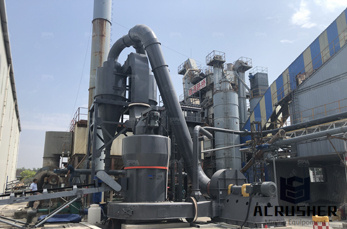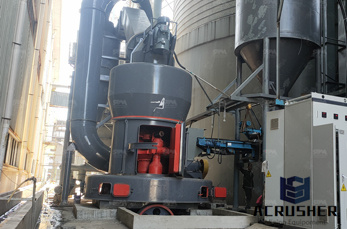Sedimentary Rocks Lesson #13 Volcano
Sedimentary Rocks Lesson #13. ... Weathering is the process of breaking down rocks and minerals into smaller pieces by water, ... How does a limestone cave form? ...
 WhatsApp)
WhatsApp)
Sedimentary Rocks Lesson #13. ... Weathering is the process of breaking down rocks and minerals into smaller pieces by water, ... How does a limestone cave form? ...

cement process in limestone . Synthetic Limestone Coating. The carbonated solutions formed from the captured COare used to form a carbonate mineral coating over a ...

LIMESTONES Limestone is a sedimentary rock composed of animal shells and chemical precipitates with a large component of CaCO 3 in them. Limestones usually form .

Limestone is a sedimentary rock made up of calcite (CaCO3) as its main mineral. Some limestones were formed by chemical deposition and others by the.

Travertine is a banded, compact variety of limestone formed along streams; ... This process is known as bioerosion. It is most common in the tropics, ...

When burned in a kiln to drive off gases, calcite and dolomite form burnt lime. Among the uses for burnt lime, ... Limestone was moved by belt to the docks, ...

Upon admission to Limestone College, ... Beginning the enrollment process is easy with our FREE express application. Once you complete the express application, ...

When it is formed from a limestone with very few impurities, it will be white in color. Marble that contains impurities such as clay minerals, ...

This process is called ... evaporites Evaporite chemical sedimentary rocks form as water ... chemical limestone Most limestone forms due to ...

LimestoneHydrochloric Acid Process Limestone can be treated with hydrochloric acid to form calcium chloride and carbon dioxide: If concentrated (36%) hydrochloric ...

Weathering of Limestone Strand Geology . ... process is slow and goes largely unnoticed. ... Think back on how limestone is formed .

What is limestone? How is it formed? Update Cancel. ... The limestone that was formed at the ... starts to dissolve the limestone very slowly. This process creates ...

[ The Fountains of the Great Deep > The Origin of Limestone] The Origin of Limestone ... limestone exists on earth to have been formed, ... ores—a process in SCW ...

Limestone Quarrying and Processing: A LifeCycle Inventory ... LCI INPUTS FOR LIMESTONE QUARRYING AND PROCESSING ... Process flow diagram for limestone .

Limestone can be formed as a result of evaporation, as is the case for stalactites and stalagmites in caves, or through the accumulation of calcium carbonate in ...

Feb 03, 2009· Marble is formed from limestone by heat and pressure in the earth''s crust. These forces cause the limestone to change in texture and makeup. This process ...

Chemical and Biochemical Sedimentary Rocks. ... During the burial process, ... Form of limestone produced through the accumulation of shells:

Limestone is a sedimentary rock, which means it was formed from small particles of rock or stone that have been compacted by pressure. Sedimentary rock is important ...

... represent the end product of the Earth''s crustal differentiation process. Rocks that are ... Sedimentary rocks form when ... ooid limestone) are the main form of ...

The other habitat of Limestone rock is in the caves. This type of Limestone is formed by the process of evaporation. Stalagmites, ...

Limestone is a sedimentary rock consisting of more than 50% calcium carbonate (calcite CaCO 3). There are many different types of limestone formed through a variety ...

Sedimentary Rocks are formed when sediments have been deposited and undergone lithification, a process that includes compaction ... (limestone) 10 Fossiliferous ...

Limestone is a very common sedimentary rock of biochemical origin. ... This debris can then form beds of limestone. ... During the metamorphic process, ...

How limestone caves are formed ... which made their own food through photosynthesis, releasing oxygen into the atmosphere in the process. Dolomitic limestone, ...
 WhatsApp)
WhatsApp)